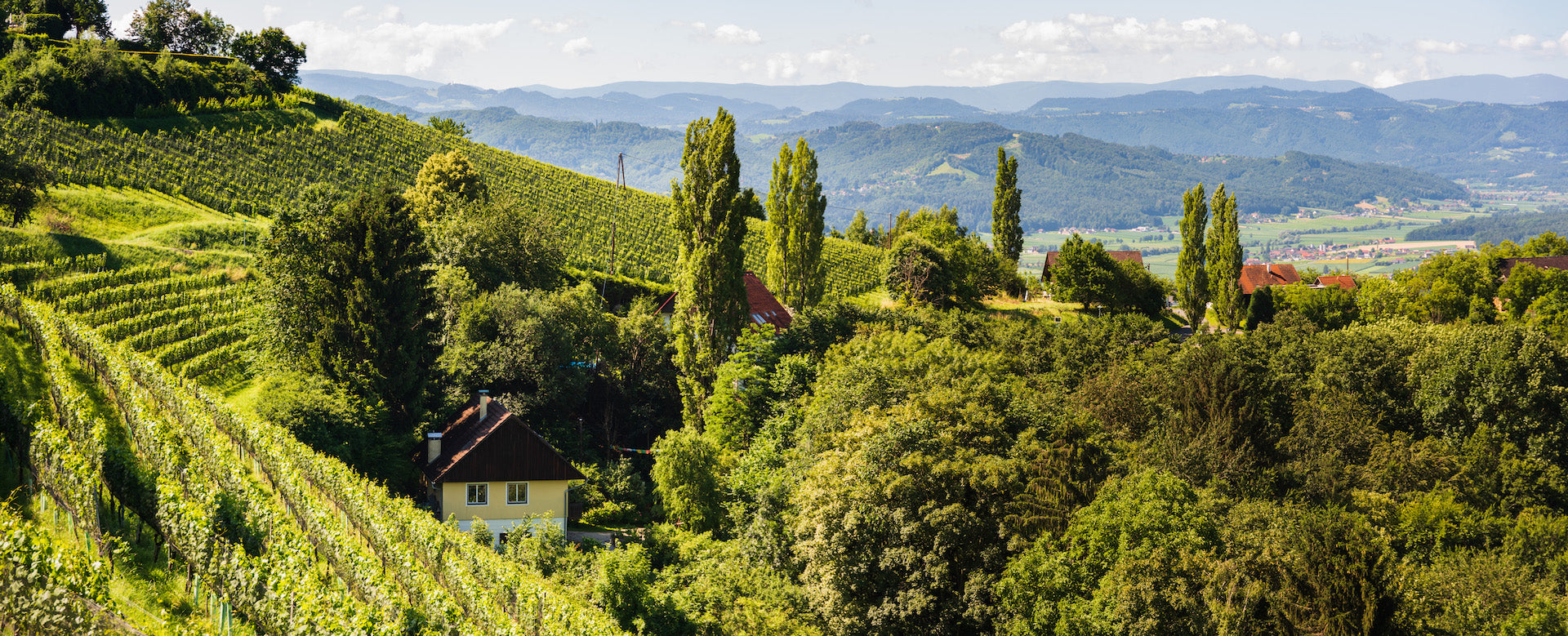Meursault: Burgundy’s Benchmark for World-Class Chardonnay

If there’s one village in Burgundy that defines what Chardonnay can be — luxurious yet precise, rich yet refined — it’s Meursault. Known for its golden-hued white wines with nutty complexity and silky texture, Meursault has long been a favorite among sommeliers, collectors, and Burgundy lovers worldwide.
Whether you're new to white Burgundy or deep into your Côte de Beaune journey, understanding Meursault is essential. Let’s dive into what makes this village so special, and why Meursault wines deserve a permanent place in your cellar.
What Is Meursault Wine?
Meursault is a white wine made from 100% Chardonnay grapes in the Côte de Beaune subregion of Burgundy, France. Unlike its neighbors Puligny-Montrachet and Chassagne-Montrachet, Meursault has no Grand Cru vineyards — but don’t let that fool you. The Premier Cru Meursault vineyards produce wines of equal prestige, and some village-level sites offer outstanding value.
Tasting Profile: What Does Meursault Taste Like?
- Aromas: Ripe orchard fruits (pear, apple), citrus zest, white flowers, toasted hazelnuts, and subtle vanilla or spice from oak aging.
- Palate: Broad and layered, with creamy texture balanced by fresh acidity. A hallmark richness that never feels heavy.
- Aging potential: Top Meursaults age beautifully, developing notes of honey, almond, and truffle over 10–15 years.
Common descriptors: buttery, nutty, mineral, elegant, full-bodied, complex, age-worthy.
Oak Aging: Signature Style of Meursault
One of the most distinctive features of Meursault is its generous use of oak aging, which plays a crucial role in shaping the style of the wines. Unlike many other white Burgundies that lean toward leaner, more mineral expressions, Meursault is celebrated for its richness, roundness, and luxurious texture — much of which is derived from careful élevage (maturation) in oak barrels.
Producers in Meursault commonly age their wines in French oak barrels, with varying percentages of new oak depending on the style and classification. Village-level wines might see 10–20% new oak, while top Premier Crus can receive up to 30–50% or more.
Barrel fermentation and extended lees contact (often with bâtonnage — stirring of the lees) add to the creamy mouthfeel and buttery character Meursault is famous for. These techniques help integrate the wood flavors seamlessly into the wine.
Meursault Terroir: Limestone, Slope & Sun
Meursault owes its identity to its terroir — a combination of limestone-rich soils, ideal vineyard exposure, and a cool continental climate that preserves freshness in the grapes.
- Soils: A mix of limestone, marl, and clay — crucial for Chardonnay’s balance of minerality and richness.
- Altitude: Vineyards lie between 220–360 meters above sea level.
- Exposure: South and southeast-facing slopes help ripen grapes evenly, especially in the best Premier Cru sites.
These natural conditions give Meursault Chardonnay its characteristic tension between weight and brightness — a wine that’s generous, yet never flabby.
Meursault Premier Cru Vineyards
While Meursault lacks official Grand Cru sites, its Premier Cru vineyards are legendary. Here are the most important ones:
Les Perrières
- The most revered Premier Cru.
- Leaner, more mineral-driven style.
- Long aging potential — often considered de facto Grand Cru.
Les Charmes
- Rich, lush, and expressive.
- Often shows tropical fruit and toasted hazelnut.
- The largest Premier Cru in Meursault.
Les Genevrières
- Floral, elegant, and finely structured.
- Combines aromatic finesse with depth and aging capacity.
Other Notable Premier Crus
- Poruzots – Bold and powerful.
- Bouchères – Elegant and mineral.
- Goutte d’Or – Literally “drop of gold” — rich and opulent.
Village-Level Meursault: Underrated and Excellent
Many village-level Meursault wines come from plots bordering Premier Cru vineyards. They offer incredible value — often rivaling more prestigious wines in blind tastings.
Look out for lieux-dits (named vineyard parcels) like:
- Clos des Grands Charrons
- Les Narvaux
- Les Tillets
These sites produce wines with real depth, especially in the hands of top producers.
Who Makes the Best Meursault?
Top Meursault Producers to Know
Whether you’re collecting for the cellar or opening something next weekend, these domaines represent the best of Meursault:
- Domaine Roulot – Linear, mineral, age-worthy. Among Burgundy’s most sought-after white wines.
- Comtes Lafon – Rich and layered, with serious aging power.
- Arnaud Ente – Ultra-small production, laser-focused winemaking. Rare and revered.
- Pierre-Yves Colin-Morey – Precise, energetic, with restrained oak and terrific purity.
- Domaine Coche-Dury – Iconic, ultra-traditional, and extremely limited. Their wines are rich, electric, and long-lived.
- Domaine Michelot – Classic Meursault style with a modern polish.
- Jean-Marc Boillot – A seasoned vigneron blending power and finesse, known for rich, textured Meursaults with precision oak integration.
Aging Potential: Built to Evolve
Meursault wines are known for their ability to age gracefully. Here's a quick guide:
|
Classification |
Ideal Drinking Window |
|
Village Wines |
3–8 years |
|
Premier Cru Wines |
7–20 years (or more) |
Our Meursault Selection at Total Grand Cru
At Total Grand Cru, we offer a handpicked selection of Meursault wines — from collectible Premier Crus to hidden gems from small producers. Whether you're stocking your cellar or choosing a bottle for a special meal, we’ve got the right Meursault for you.




